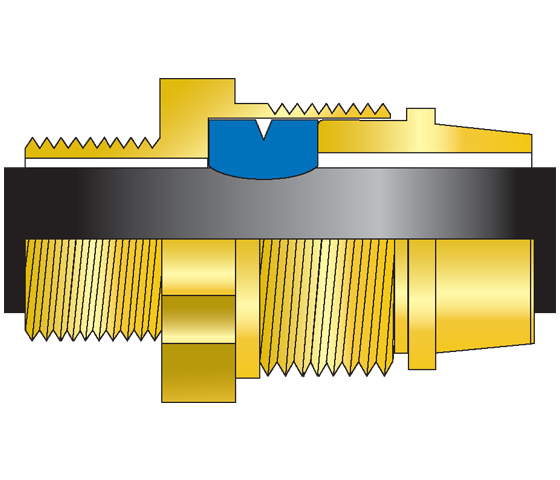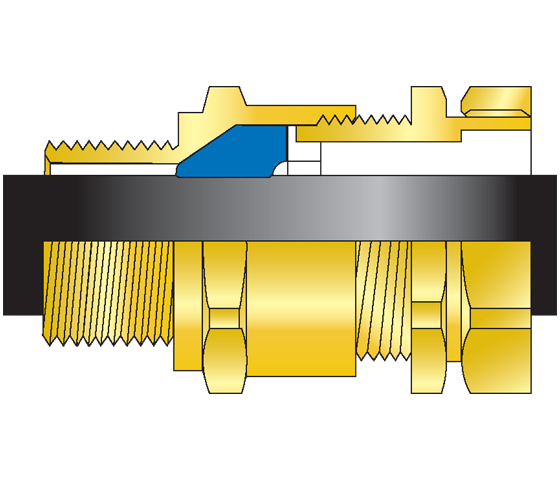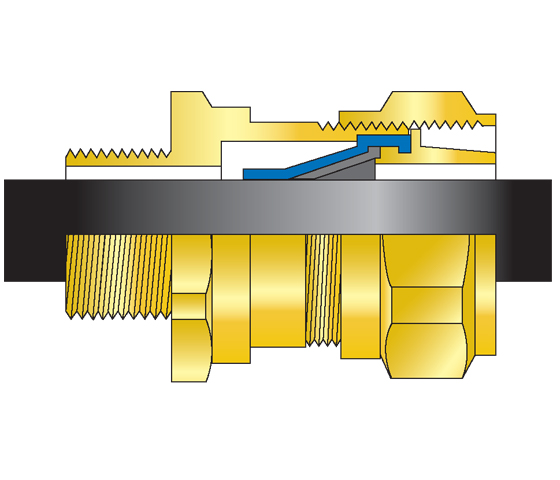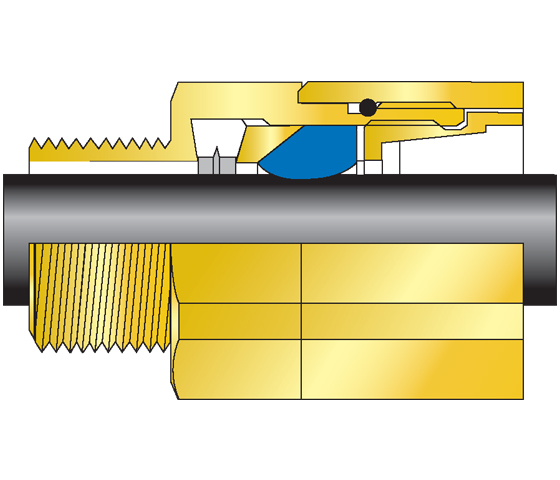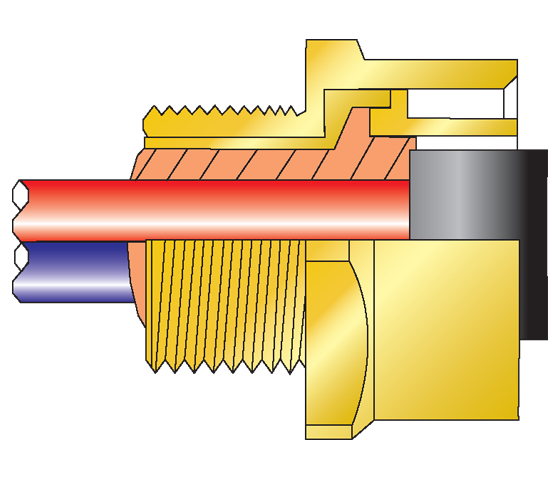оронавирус COVID–19: Информация для клиентов касательно коронавируса COVID-19
Воспользуйтесь нашим инструментом для поиска
Наш инструмент расширенного поиска позволяет найти продукцию, в точности соответствующую вашим требованиям.
Выберите один или несколько фильтров Закрыть [ X ]
оронавирус COVID–19: Информация для клиентов касательно коронавируса COVID-19

